Phonics Teaching Resources
Make teaching phonics easy with printable phonics worksheets, activities, games and more designed for primary teachers.
This collection of Australian curriculum-aligned teaching resources has been carefully reviewed by our expert teaching team to make sure every resource is classroom-ready — so we can make your lesson planning easier!
New to teaching phonics, or just looking for new ways to engage your students? Read on for a primer from our teacher team!
What Is Phonics?
You've likely heard the word 'phonics' thousands of times throughout your own education and maybe on one of those old as from the '90s. But what is phonics, exactly?
Phonics is technically defined as the systematic instruction of the relationships between letters and sounds in written language. But that's a mouthful, isn't it? More simply, phonics is the word we use to refer to the method of teaching reading by focusing on the relationship between written letters and the sounds they represent.
In phonics, kids learn how to decode written words by recognising the sound-symbol correspondence.
Phonics vs. Phonemic Awareness
When we start talking about letters and their sounds, we start to wander into phonemic awareness territory. So what's the difference?
The words phonics and phonemic are similar, and the two concepts are — surprise, surprise — related. But there are key differences.
Phonemic awareness is essentially the ability to identify and manipulate individual sounds — aka phonemes — in spoken language. It's those individual sounds and their correspondence to the letter symbols that can be used by kids to then decode written words.
So students learn to recognise the individual sounds of spoken language (phonemes) and how these sounds can be represented by letters (graphemes) in written language. Then they apply this knowledge to decode written words by understanding the sound-symbol correspondence.
Consider this example:
- Let's say your student can identify the separate sounds in a spoken word such as 'cat' (i.e., /k/ /a/ /t/). That's phonemic awareness.
- Now let's say you're teaching that same student that the letter 'c' represents the /k/ sound and that the letter 'a' represents the /a/ sound, and that these sounds combine to form the word 'cat.' That's phonics!
How to Teach Phonics in Primary School
OK, you probably already know that phonics is all about teaching word recognition via grapheme-phoneme associations and letter-sound correspondences.
It’s a means of teaching early readers the pieces that make up a word so they can blend them together to decode the English language as readers and writers.
But how do you teach it?
In the earliest stages, phonics instruction typically begins with teaching students the most common letter-sound relationships. You start with consonants, then move on to vowels, then consonant blends.
Students then learn to sound out words by decoding the letters and blending the sounds together to form words.

Phonics Vocabulary Terms to Remember
The English language system is one of the hardest to teach and learn, so how do you teach phonics? Let’s start with the phonics vocabulary.
- For starters, there are 26 letters that create approximately 44 phonemes, the word for the individual speech sounds that make up words. Put together, phonemes make words. OK, easy enough, right?
- Well, these phonemes can be written in more than 200 different letter combinations, known as graphemes. Graphemes can be made up of 1 letter (such as 'p' in 'pig'), 2 letters (such as 'gh' in ghost), 3 letters (such as 'igh' in night), or 4 letters (such as 'ough' in rough).
- Then there are digraphs or two letters that work together to make one sound — such as “ph” in graph. But wait, isn’t that a grapheme? Yup, a digraph is a type of grapheme.
- So is a trigraph, trigraphs, aka three letters that work together to make one sound, such as 'dge' in edge.
- And if you’re teaching phonics, you can’t forget dipthongs, the name for a sound that is formed by the combination of two vowels in a single syllable, such as 'ou' in loud.
Most students will spend foundation, year 1 and even year 2 getting a handle on all phonics elements!
- Plus Plan
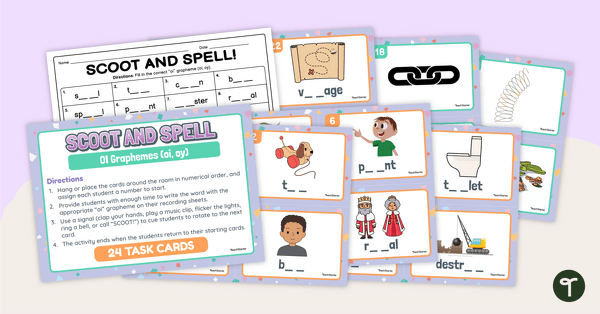
OI Graphemes - SCOOT! Task Cards
Explore words containing graphemes that make the diphthong ‘oi’ with this active classroom game that will get your students moving!
- Plus Plan
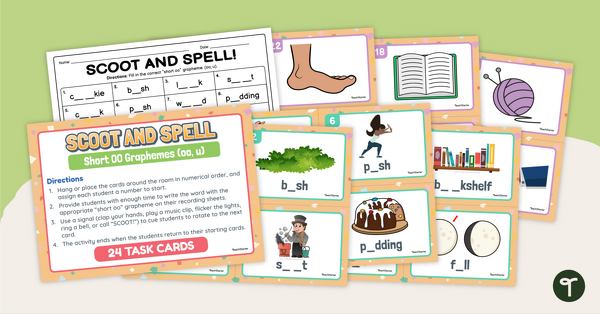
Short OO Graphemes - SCOOT! Task Cards
Explore words containing graphemes that make the ‘short oo’ sound with this active classroom game that will get your students moving!
- Plus Plan
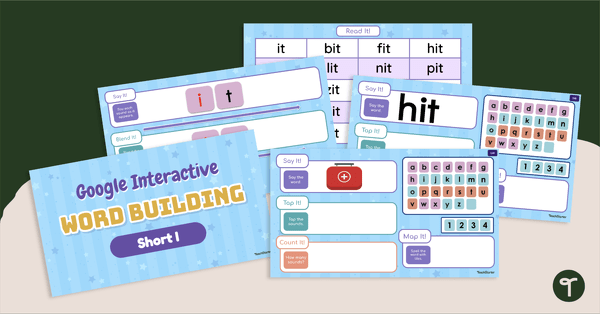
Learn to Read Short I - Daily Phonics for Kids
Teach your students to read short I words with a daily digital phonics teaching presentation.
- Free Plan
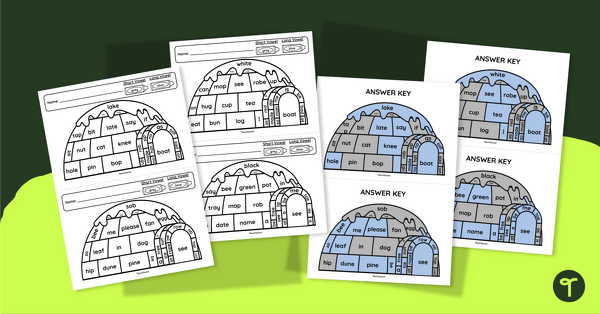
Colour By Vowel Sound - Winter Worksheet
Use a chilly colour by vowel sound worksheet to bring a bit of Winter into the classroom this season.
- Free Plan
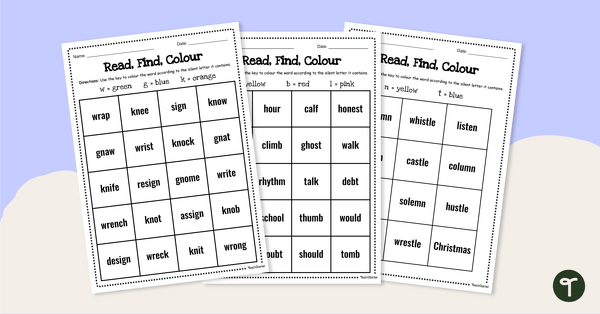
Silent Letters Worksheets - Read, Find and Colour
Identify silent letters in words with this set of three find and colour worksheets.
- Plus Plan
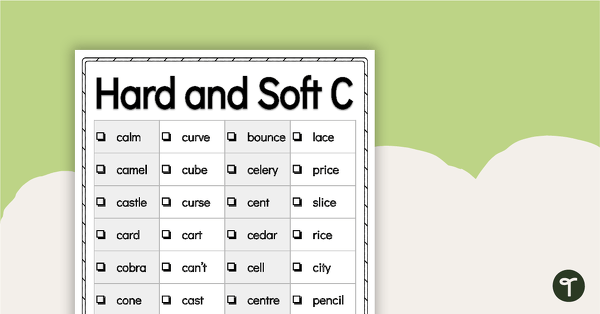
Word Study List - Hard and Soft C
Introduce and explore words containing the hard and soft c with this extensive list of words.
- Plus Plan
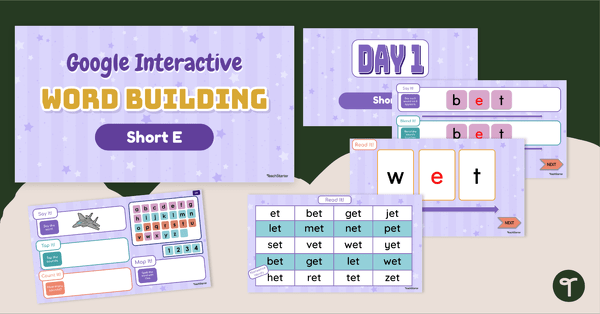
Learn to Read Short E - Daily Phonics for Kids
Immerse your students in the short 'e' vowel sound with this comprehensive series of phonics activities.
- Plus Plan
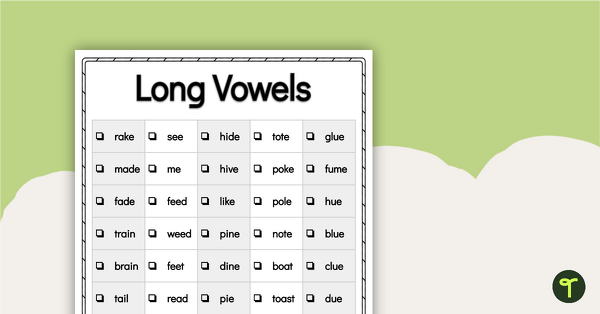
Word Study List - Long Vowels
Introduce and explore words containing graphemes that make long vowel sounds with this extensive list of words.
- Plus Plan
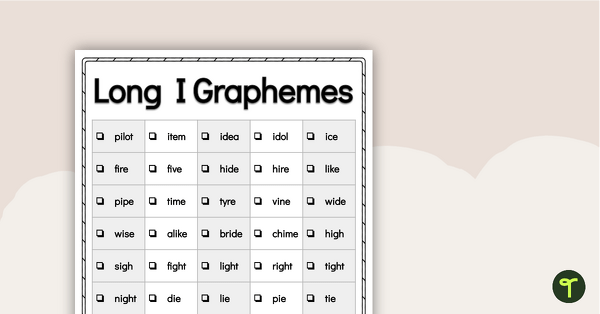
Word Study List - Long I Graphemes
Introduce and explore words containing graphemes that make the ‘long i’ sound with this extensive list of words.
- Plus Plan
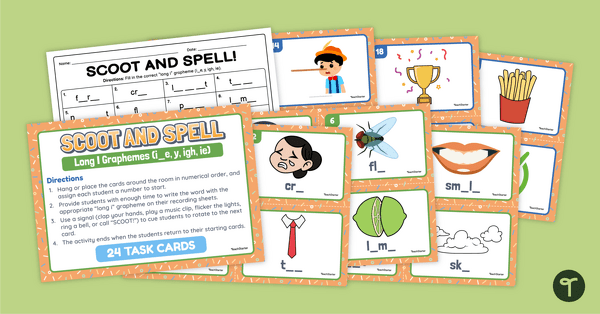
Long I Graphemes - SCOOT! Task Cards
Explore words containing graphemes that make the ‘long i’ sound with this active classroom game that will get your students moving!
- Plus Plan

Consonant Digraph Word Puzzles
Familiarise your students with a variety of consonant digraphs with these hands-on word puzzles.
- Plus Plan
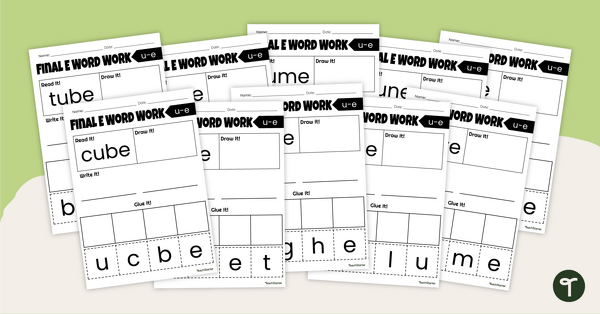
Final 'E' Worksheet Pack (U_E)
Explore words that make the 'long u' sound using the split u_e digraph with this set of 10 worksheets.
- Plus Plan
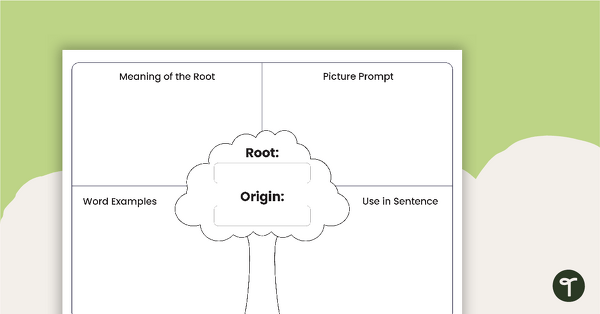
Roots Graphic Organiser Template
Use this graphic organiser to explore roots and their origins.
- Plus Plan
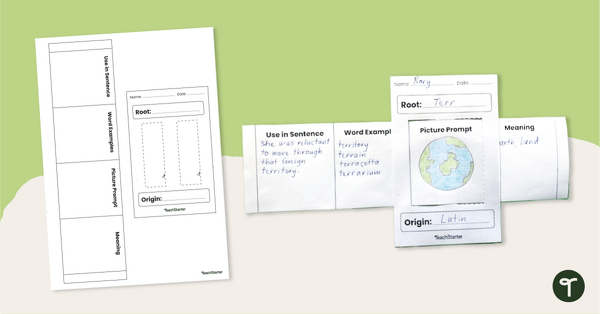
Roots Window Graphic Organiser
Organise ideas about roots and their origins with this graphic organiser.
- Plus Plan
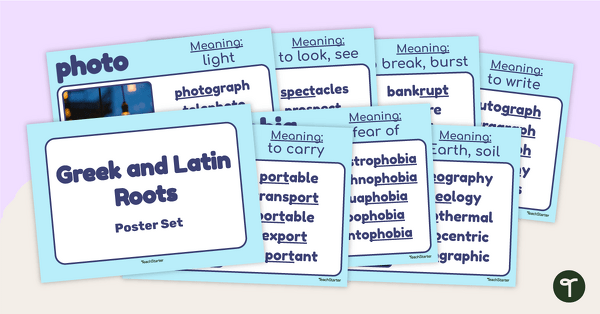
Greek/Latin Roots Posters
Encourage vocabulary development with a set of 23 Greek and Latin roots posters.
- Free Plan
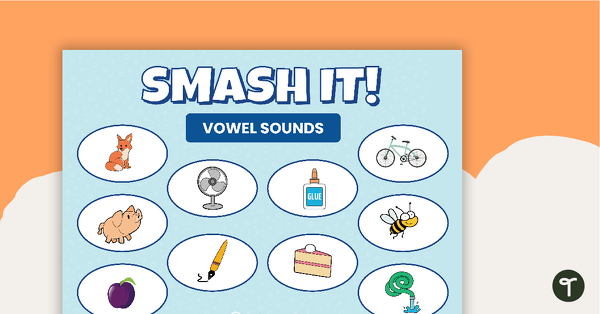
SMASH IT! Vowels Game
Distinguish between long and short vowel sounds with this set of 5 game boards and vowel letter cards.
- Plus Plan

Colour by Sight Words - 6 Words - Toucan
A fun colouring activity to use when working with sight words.
- Plus Plan
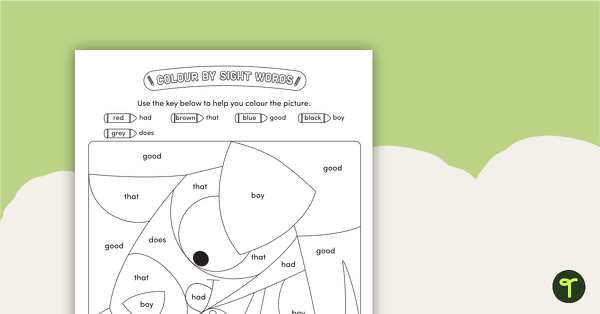
Colour by Sight Words - 5 Words - Dog
A fun colouring activity to use when working with sight words.
- Free Plan
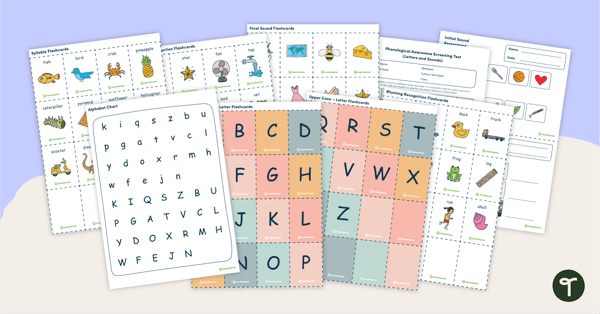
Phonological Awareness Diagnostic Tool
Basic diagnostic tool to test your students' phonological awareness.
- Free Plan
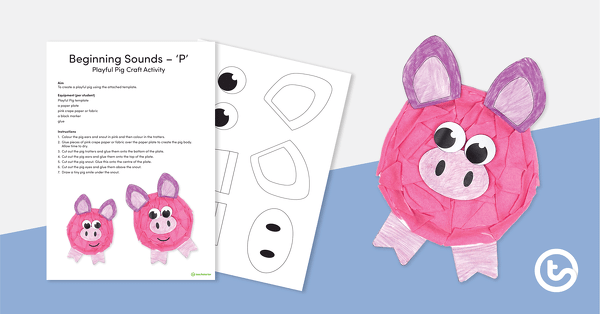
Beginning Sound Craft – P – Playful Pig
An initial sounds activity to introduce the sound 'p'.
- Free Plan

Long and Short Vowel Sort
A sorting by long vowel, short vowel printable.
- Plus Plan
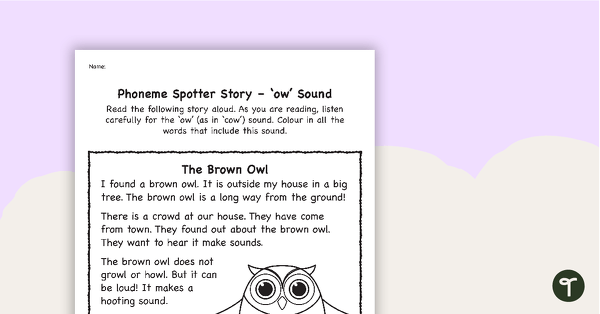
Phoneme Spotter Story – 'ow' Sound
A decodable text featuring various graphemes that make the ‘ow’ sound.
- Plus Plan
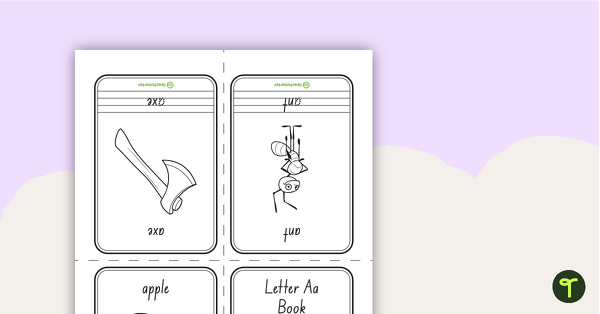
Little Alphabet Book Worksheets (A-Z)
A set of 26 worksheets to assist younger students with letter recognition and formation.
- Plus Plan
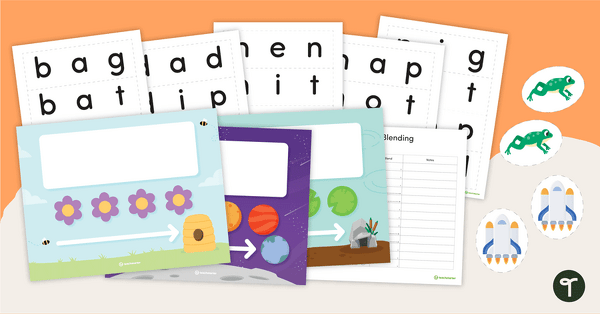
Segmenting and Blending Mats
A set of beautifully designed templates for students to practise blending and segmenting words.
- Plus Plan
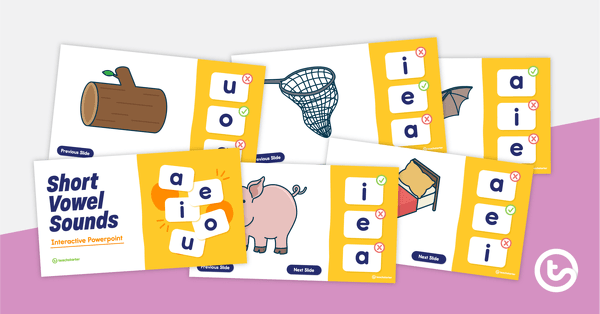
Identifying Short Vowel Sounds Interactive PowerPoint
An interactive quiz to practise identifying short vowel sounds in words.
- Plus Plan

Colour by Sight Words - 4 Words - Lady Beetle
A fun colouring activity to use when working with sight words.
- Plus Plan
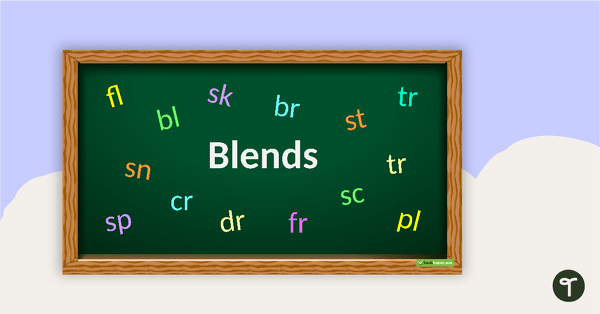
Blends PowerPoint
A 21 slide PowerPoint presentation on different blends.
- Plus Plan
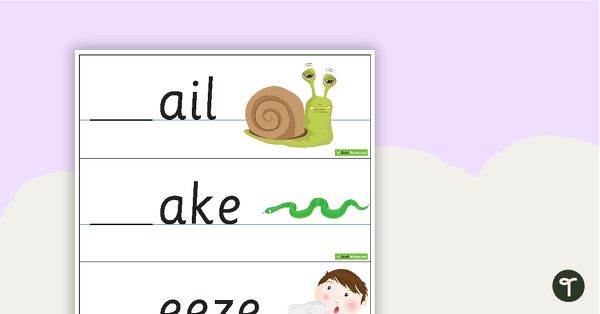
Initial S Blend Cards
A resource to help students identify the S blend at the beginning of a word.
- Plus Plan
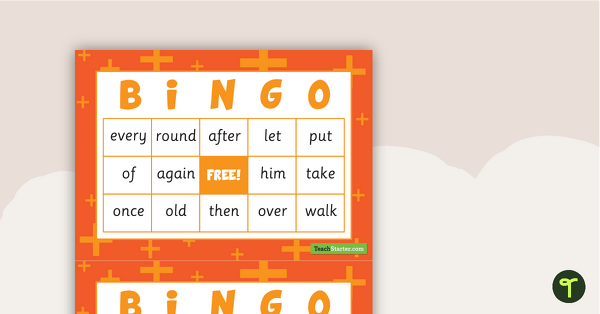
Dolch Sight Word Bingo – Grade 1
Sixteen different bingo cards using the Grade 1 Dolch Sight Words.
- Plus Plan
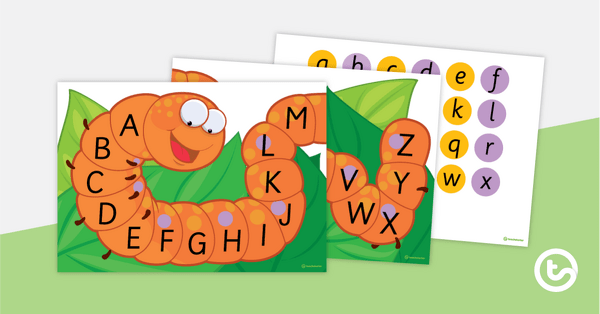
Alphabet Matching Caterpillar Activity
A vibrant and fun activity to teach lower case and upper case to young children.
- Plus Plan
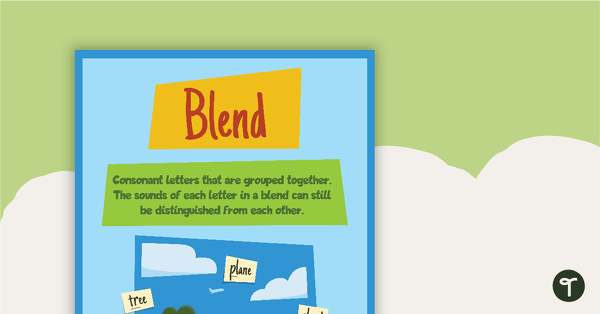
Phonics Vocabulary Poster Pack
A set of 9 phonics vocabulary posters to help explain different terms.
- Plus Plan
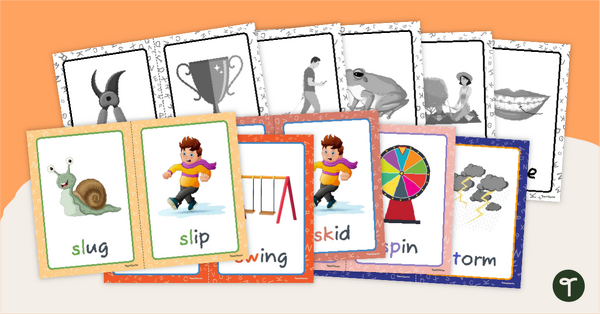
S-Blends Blending Flashcards
Practise blending s-blends with this set of blending s word cards.